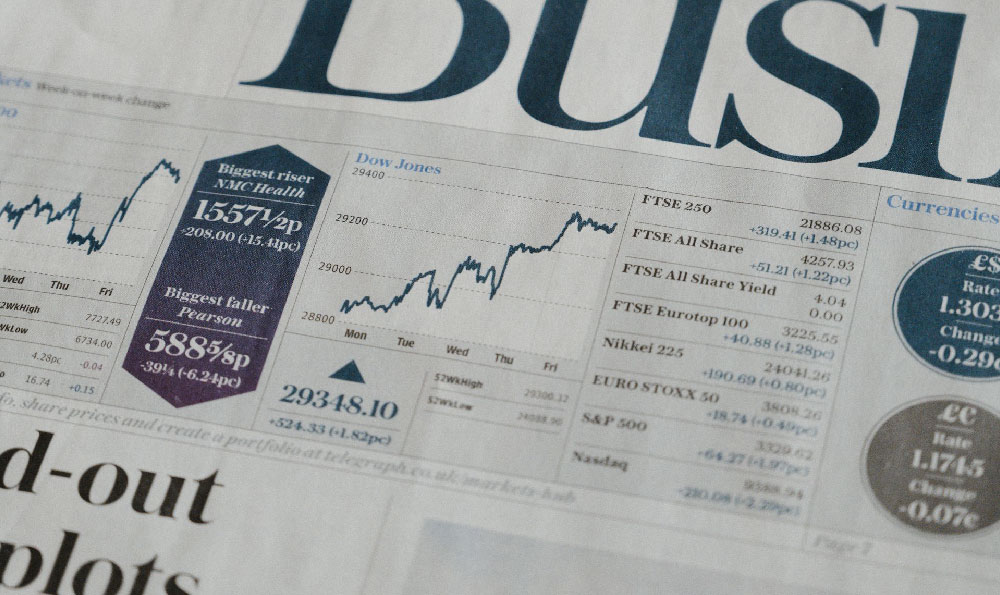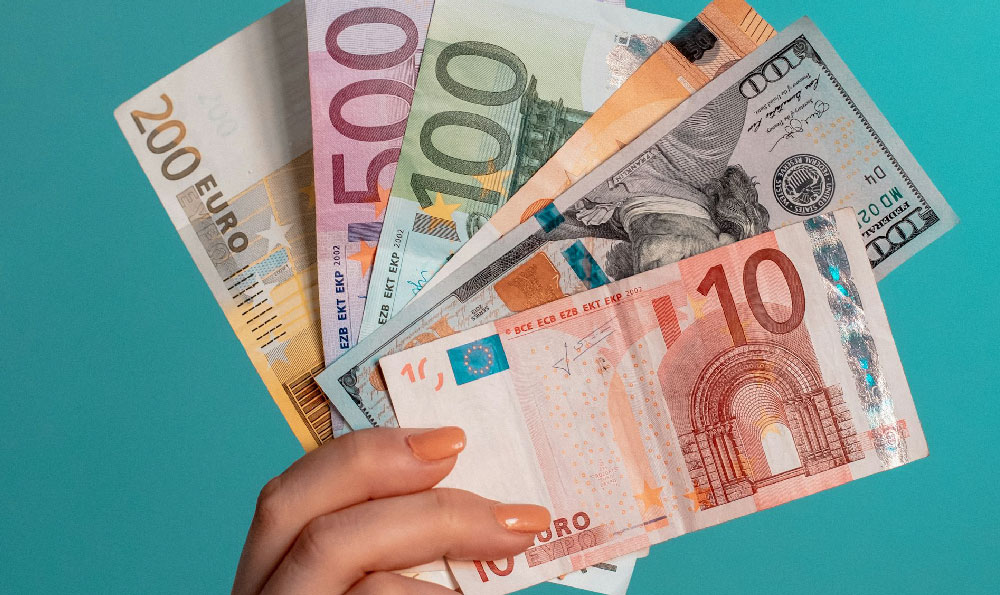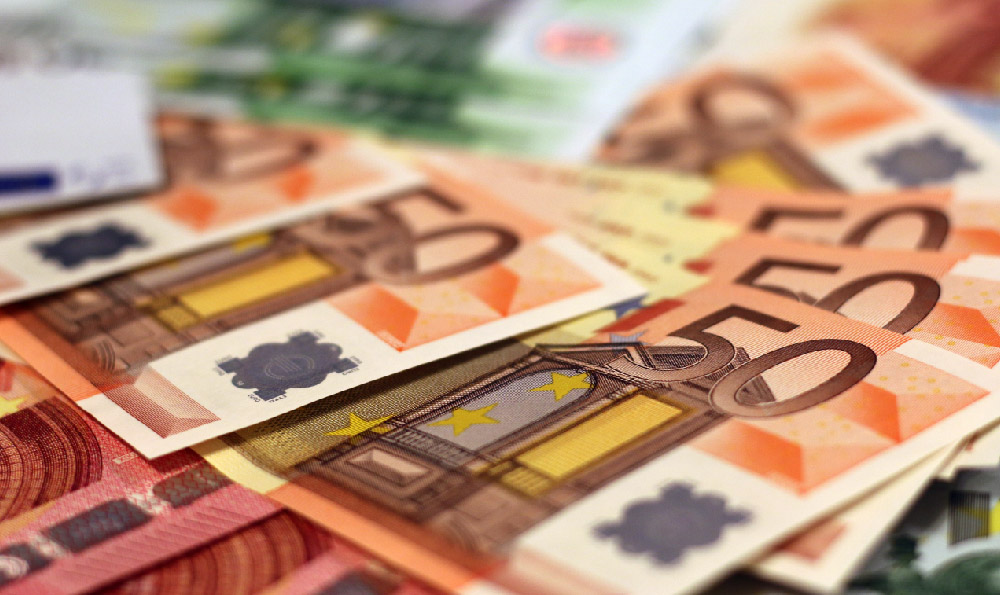Formula 1, the pinnacle of motorsport, is a captivating blend of speed, technology, and strategy. But beneath the roar of the engines and the glamour of the paddock lies a complex financial landscape. The question of whether Formula 1 teams turn a profit or operate at a loss is not a simple one, as the financial health of each team is influenced by a variety of factors, from prize money and sponsorships to development costs and driver salaries. Understanding these factors is crucial to dissecting the profitability question.
One of the primary revenue streams for F1 teams is prize money, distributed by Formula One Management (FOM) based on a team's performance in the Constructors' Championship. The higher a team finishes in the standings, the larger their share of the prize money pool. However, the distribution structure is heavily weighted towards the top teams, creating a significant disparity in income. The leading teams, such as Mercedes, Red Bull, and Ferrari, receive a significantly larger share of the prize money compared to the smaller, independent teams further down the grid. This uneven distribution can make it challenging for smaller teams to compete financially, as they often lack the resources to invest in the same level of technology and development as their wealthier rivals.
Sponsorship deals are another crucial revenue source for F1 teams. Companies pay considerable sums to have their logos displayed on the cars, driver suits, and team apparel. These sponsorships provide a vital influx of cash that teams use to fund their operations, develop new technologies, and pay their staff. The value of a sponsorship deal depends on several factors, including the team's popularity, performance, and the visibility they can offer the sponsor. Top-performing teams with high-profile drivers often command the highest sponsorship fees. Securing lucrative sponsorship deals is thus paramount to financial stability, and teams dedicate significant resources to attracting and retaining sponsors.

However, the expenses associated with running an F1 team are substantial. The development and manufacturing of a competitive Formula 1 car require significant investment in research and development. Teams must constantly innovate to improve their car's performance, pushing the boundaries of aerodynamics, engine technology, and materials science. This ongoing development process necessitates a team of highly skilled engineers, designers, and technicians, all of whom command significant salaries. Furthermore, the cost of manufacturing and maintaining the complex components of an F1 car is extremely high.
Driver salaries are another significant expense for F1 teams. Top drivers, such as Max Verstappen, Lewis Hamilton, and Charles Leclerc, command multi-million dollar salaries due to their skills, experience, and ability to deliver race wins and championships. These drivers are crucial to a team's success, and their salaries reflect their value in attracting sponsors and generating revenue. However, even mid-level drivers require substantial compensation, adding to the overall financial burden of running a team.
The cost cap, introduced in 2021, has had a significant impact on the financial landscape of Formula 1. The cost cap limits the amount of money teams can spend on car development and other operational expenses. The intent is to level the playing field, making the sport more competitive by preventing the wealthiest teams from outspending their rivals. This has forced teams to become more efficient and strategic in their spending, focusing on areas that provide the greatest performance gains. However, even with the cost cap in place, running an F1 team remains a costly endeavor.
Beyond the direct expenses of car development and driver salaries, teams also face significant logistical costs. Transporting the cars, equipment, and personnel to races around the world is a complex and expensive operation. Teams must manage a vast logistical network to ensure that everything arrives on time and in good condition. This requires a dedicated team of logistics professionals and a substantial budget.
In light of these revenue streams and expenses, the profitability of F1 teams varies considerably. The top teams, with their larger share of prize money and lucrative sponsorship deals, are generally profitable. They have the resources to invest in cutting-edge technology, attract top talent, and compete for race wins and championships. However, smaller, independent teams often struggle to break even. They rely on a smaller share of prize money and limited sponsorship revenue, making it difficult to compete with the wealthier teams. Some smaller teams may even operate at a loss, relying on investment from owners or other sources of funding to stay afloat.
Therefore, determining whether an F1 team profits or loses money is heavily context-dependent. Factors like team performance, sponsorship agreements, cost management, and the overall economic climate all play vital roles. While the top teams often enjoy healthy profits, many smaller teams face significant financial challenges. The introduction of the cost cap has aimed to create a more level playing field, but the disparity in revenue distribution and sponsorship opportunities means that financial success remains easier for the established giants of the sport. Ultimately, the financial health of an F1 team is a complex and constantly evolving situation.












